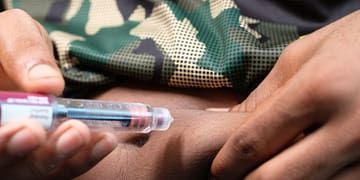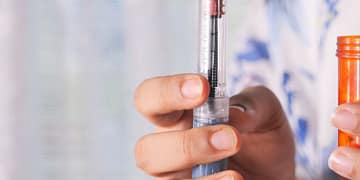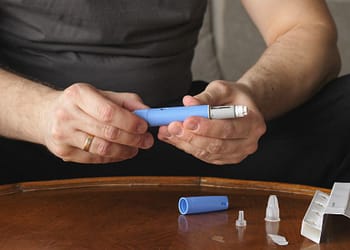Ibuprofen Ministry of Health of Spain has taken an important step in the fight against stroke by updating the Stroke Strategy of the National Health System (NHS). This update, which follows the 2009 version, aims at a comprehensive approach to the disease, from prevention to subsequent intervention. The strategy incorporates the latest scientific evidence and is aligned with the European Stroke Action Plan 2018-2030.
Stroke is one of the main causes of mortality and disability in Spain and Europe, affecting around 120,000 people a year in the country, of which approximately 25,000 die.. Globally, one in six people will experience a stroke in their lifetime. Although it is usually associated with older people, cases among those aged 20 to 64 have increased by 25% in recent years, reflecting the need for more effective prevention strategies.
New strategy
The new 2024 strategy outlines six priority lines: health promotion and primary prevention to encourage healthy habits that can prevent up to 90% of stroke cases; secondary prevention, focused on avoiding recurrence in people who have already suffered a stroke; the hyperacute phase, with improved organization and speed in diagnosis and treatment; treatment in specialized units, key to recovery and mortality reduction; neurorehabilitation, essential for quality of life after stroke; and research and training, to promote studies and training that reinforce more up-to-date treatment.
This strategy has been the result of collaboration between healthcare professionals, patient associations and representatives of the autonomous communities. It also has the support of the Carlos III Health Institute and the State Reference Centre for Brain Injury Care (CEADAC). The update is based on scientific evidence and oriented towards the continuous improvement of the quality of care, with a public health approach that prioritizes the needs of patients and their caregivers.
Since the first strategy was published in 2009, significant progress has been made, including reduced mortality and greater patient autonomy. However, the European Stroke Action Plan 2018-2030 warns that the number of cases continues to rise on the continent, underlining the urgency of stepping up both prevention and treatment. Among the objectives for 2030, the strategy seeks to reduce stroke cases by 10% and ensure that at least 90% of patients receive treatment in Stroke Units, guaranteeing continuous and effective care.
Early identification of symptoms is crucial to activate Code Stroke and ensure a rapid response. Common symptoms include sudden headache, vision problems, difficulty speaking or understanding, loss of balance, and weakness in the face, arms, or legs.. Going to the emergency room quickly makes a difference, allowing for early treatment to begin, minimising after-effects and improving recovery.
On World Stroke Day, the Ministry of Health reaffirms its commitment to work with all stakeholders to reduce the impact of this disease and ensure equal access to high-quality services throughout the country. The update of the Stroke Strategy is a crucial step in addressing one of the main public health challenges in Spain and Europe, with an approach that puts the patient at the centre and seeks to offer comprehensive and efficient care.






